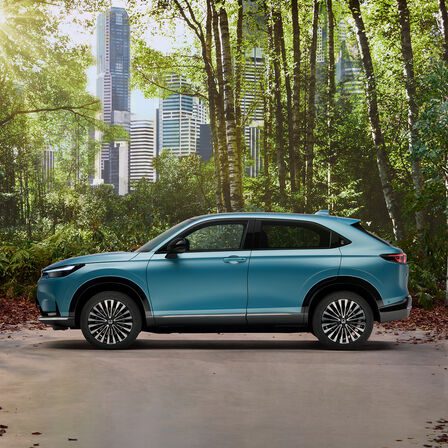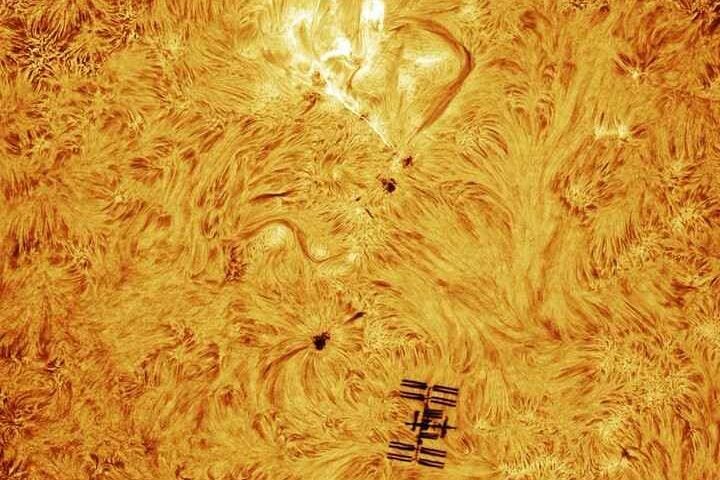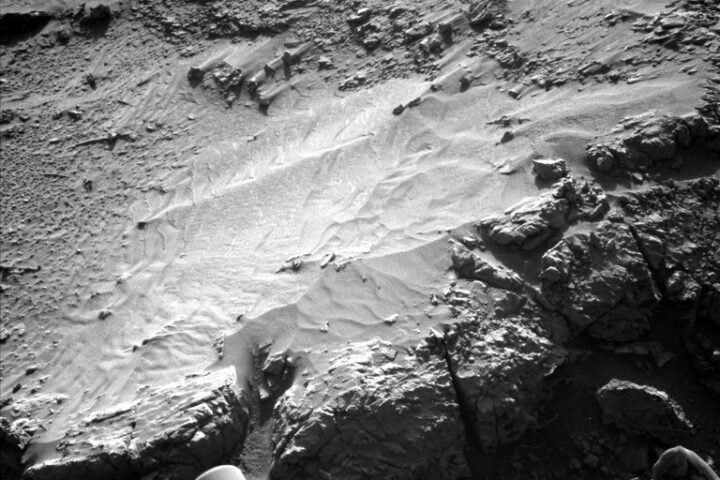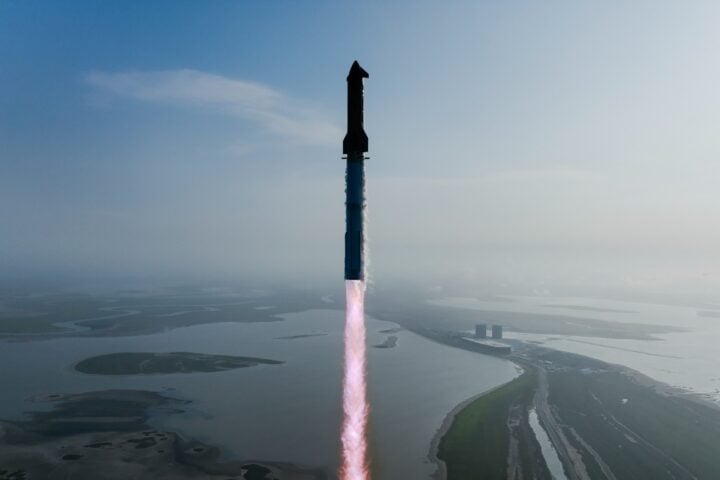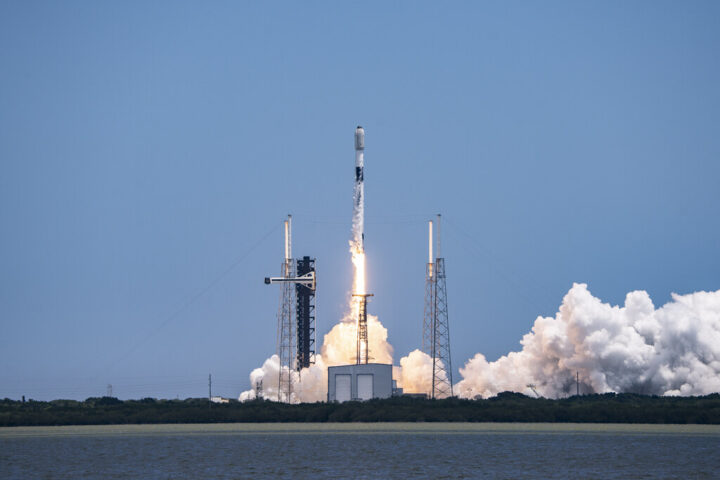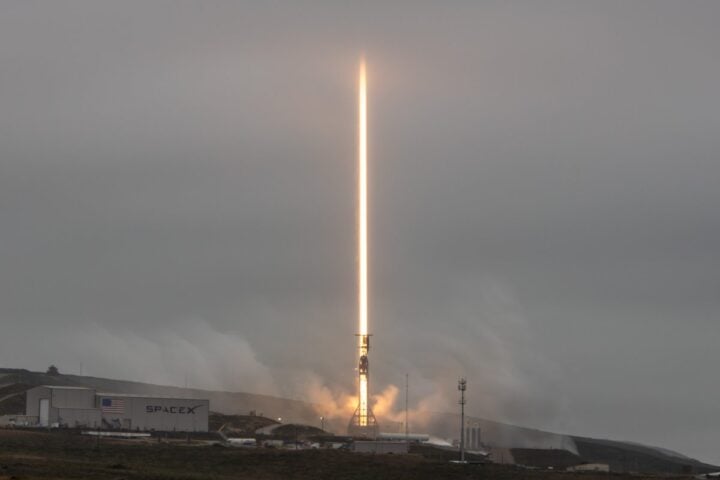Nearly after 17 years of service, The Spitzer Space Telescope operations were halted in 2020 and left to drift in a heliocentric orbit. NASA’s observatory, the Spitzer, continued providing valuable data about the universe during its operational years.
Rhea Space Activity, a private company, has an ambitious plan to revive NASA’s Spitzer telescope. NASA deactivated the Spitzer in 2020 due to the depletion of its coolant, rendering it unable to collect further data.
Rhea Space Activity aims to resurrect the Spitzer through a robotic rescue mission, enhancing long-distance spacecraft servicing capabilities. The Spitzer is currently situated at a distance of two astronomical units from Earth. The U.S. Space Force supports the revival of the venerable NASA space telescope.
Startup Rhea Space Activity, in partnership with astronomical heavyweights, received a $250,000 grant from the Space Force to explore the resurrection concept. Astrophysicist Shawn Usman, CEO of Rhea, described the proposal as the most intricate robotic mission ever undertaken.
The complexity of this mission surpasses that of the five space shuttle missions that serviced the Hubble Space Telescope. While the mission’s feasibility is low, its success would establish a new precedent for long-distance spacecraft maintenance, including the James Webb Space Telescope.
The mission, named the “Spitzer Resurrector,” envisions a small spacecraft that can fit into a 1-meter-by-1-meter box. The goal is to launch the mission by 2026 and reach the telescope’s location within approximately three years.
Instead of working on the hardware, the robotic spacecraft will conduct a health assessment by flying around Spitzer at a distance of 50 to 100 km. The spacecraft will then attempt to reestablish communications with the telescope, enabling the transfer of data back to Earth.
Similar Post
The project has garnered substantial support, with the US Space Force, Smithsonian Astrophysical Observatory, Blue Sun Enterprises, Lockheed Martin, and John Hopkins University Applied Physics Laboratory backing the idea.
Spitzer’s pioneering work in infrared light allowed it to observe the universe from deep space and study heat signatures of distant objects. NASA retired Spitzer primarily to allocate resources to the James Webb Space Telescope, which also conducts infrared observations.
The proposed “Spitzer Resurrector” mission, managed by SpaceWERX, the Space Force’s innovation arm, is supported by Rhea and its partners. Rhea, a Washington, D.C.-based company, specializes in astrophysics technology for national security objectives, including infrared satellites and artificial intelligence.
Rhea has several projects in progress, such as Lunint (Lunar Intelligence), aimed at providing situational awareness around the moon for the U.S. military and its allies.


